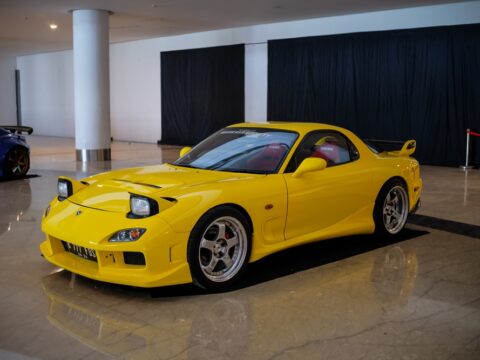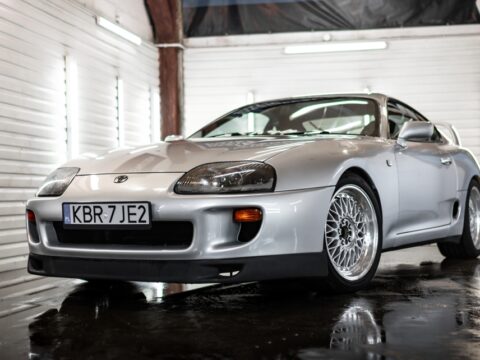Public transport systems are more than just a means to get from point A to point B; they are vital arteries that pulse through the heart of a city, shaping its growth and character. Historic public transport systems, in particular, offer a unique glimpse into the past, blending function with heritage. These systems have not only survived the tests of time but continue to serve millions daily, each one telling a story of innovation, resilience, and cultural significance.
From the underground echoes of the London Tube to the iconic clatter of San Francisco’s cable cars, these transport lines are living museums that traverse the timeline of urban development. They showcase the technological advancements and architectural styles of their eras, and understanding their operation helps us appreciate how deeply transportation is woven into the fabric of urban life. These systems remind us that our daily commutes are rooted in rich historical ground, connecting us not just to different parts of the city but to its past as well.
Contents
London Underground (The Tube), UK
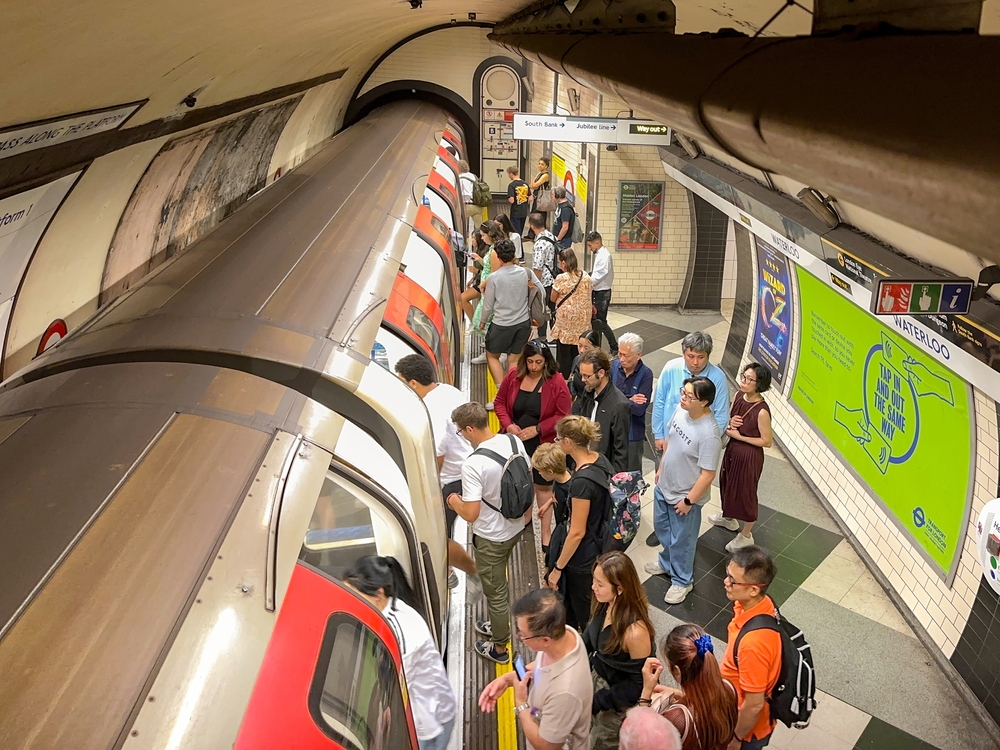
The London Underground, affectionately known as the Tube, opened in 1863 as the world’s first underground railway. This groundbreaking system revolutionized urban mobility and helped to shape London’s expansion by enabling workers to live farther from their places of work. The Tube’s extensive network mirrors the city’s growth and adaptations through industrialization, wartime, and modern expansion, providing a living historical record of London’s urban development.
San Francisco Cable Cars, USA
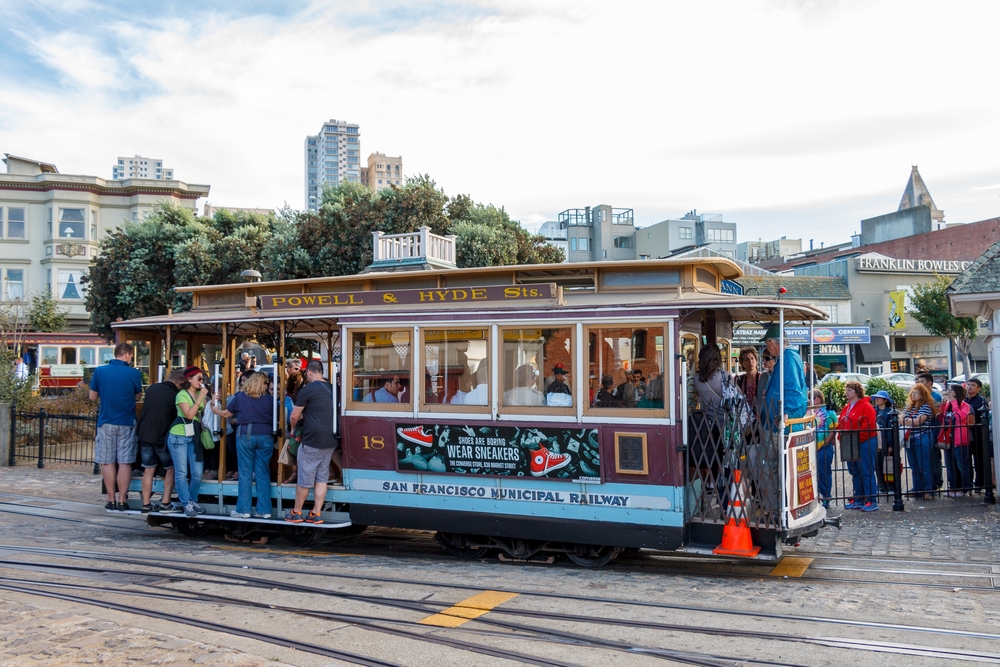
Since 1873, the San Francisco cable cars have not only been a charming mode of transport but also a symbol of the city’s resilience. They were developed to traverse San Francisco’s steep hills, fundamentally shaping the city’s layout by making its hilltop areas accessible and livable. Surviving earthquakes and attempts at modernization, the cable cars are a moving monument to San Francisco’s historical and cultural evolution.
The Hong Kong Star Ferry, Hong Kong
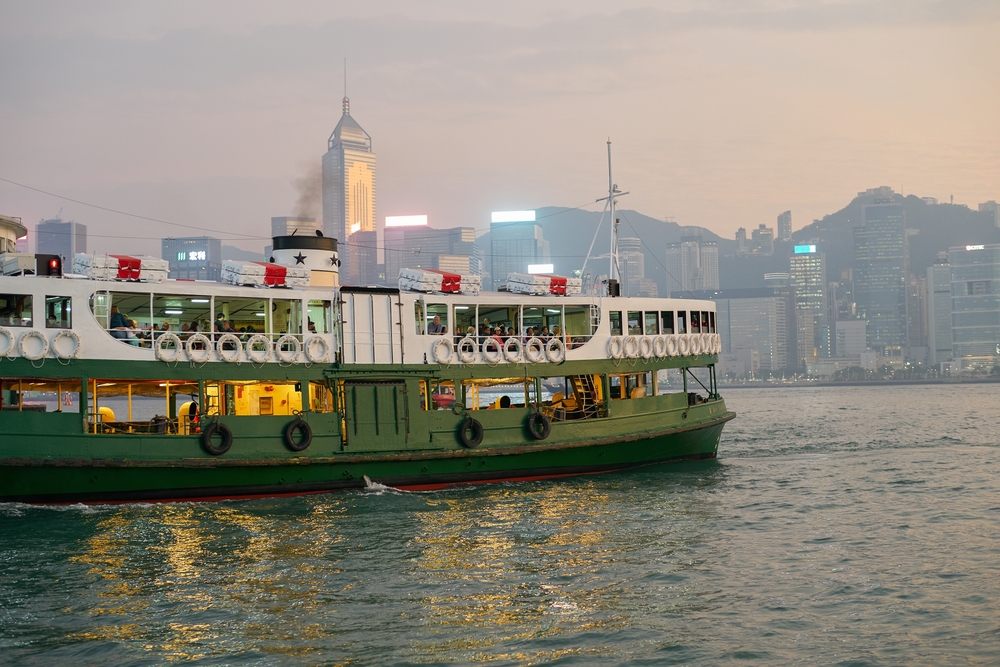
The Star Ferry has been a pivotal part of Hong Kong’s transport system since the 1880s, offering a critical link between Hong Kong Island and Kowloon long before any road or rail connections were established. The ferries are a witness to the city’s colonial history and its growth into a global financial hub, offering insights into how transportation has been intertwined with Hong Kong’s commercial and cultural development.
Trams of Lisbon, Portugal
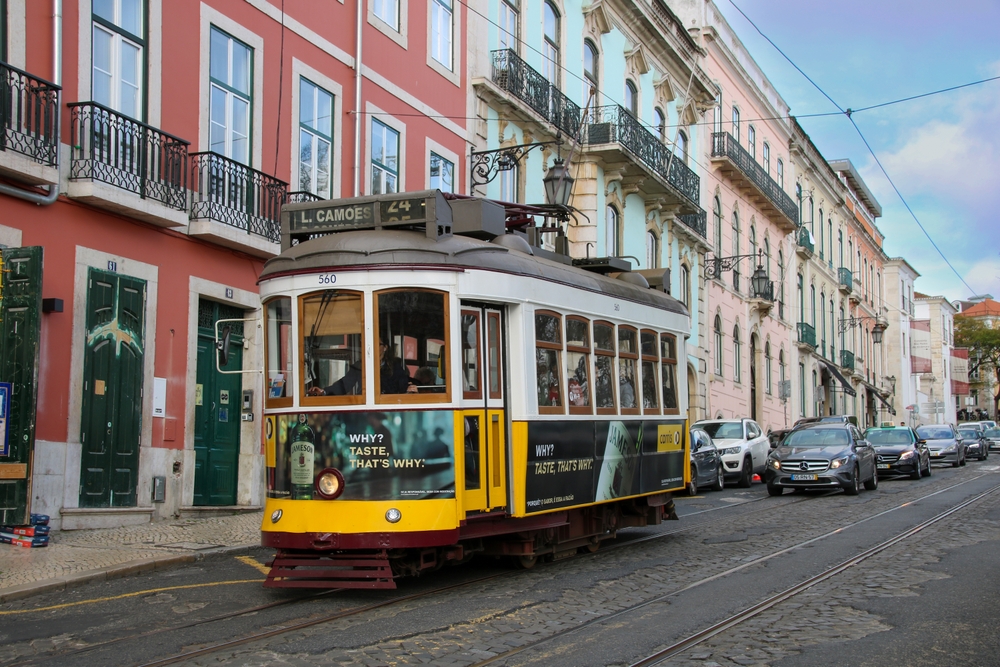
Lisbon’s iconic trams, dating back to the early 1900s, were initially introduced to replace horse-drawn carriages. These trams have navigated the city’s unique topographical challenges, like its steep hills and narrow streets, thus shaping the urban layout and supporting the expansion of residential areas. Today, they not only serve as a vital transport link but also as a cultural heritage element that attracts tourists and preserves the historical charm of Lisbon.
Moscow Metro, Russia
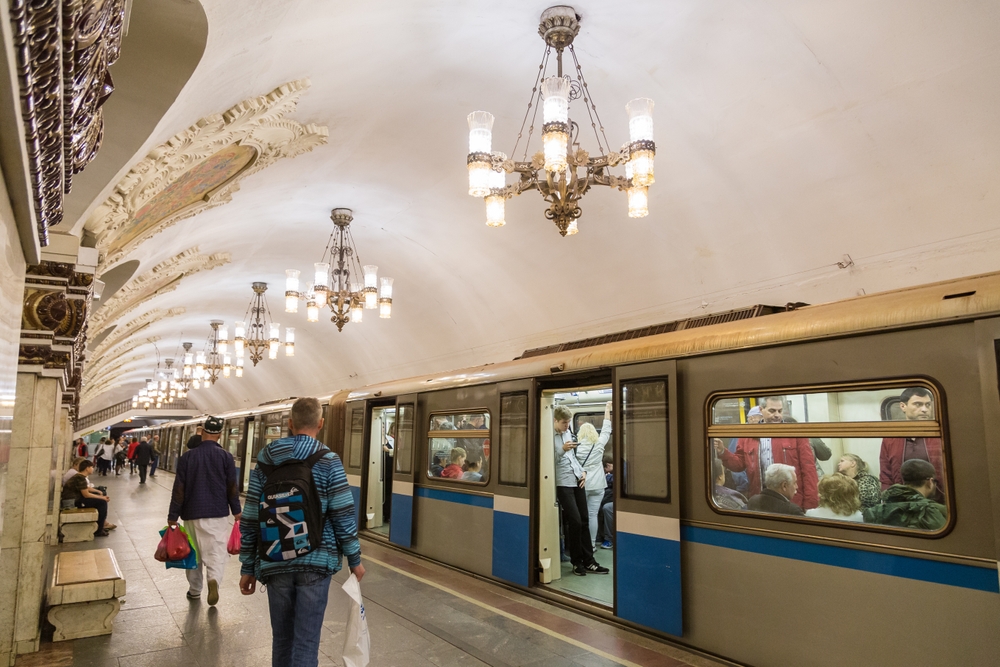
Opened in 1935, the Moscow Metro is renowned for its ornate, palatial stations which reflect the Soviet era’s architectural and artistic ambitions. This system was designed to showcase Soviet prowess and has since played a critical role in the daily commute of millions, influencing Moscow’s urban sprawl and acting as a central spine supporting the city’s radial layout.
New York City Subway, USA
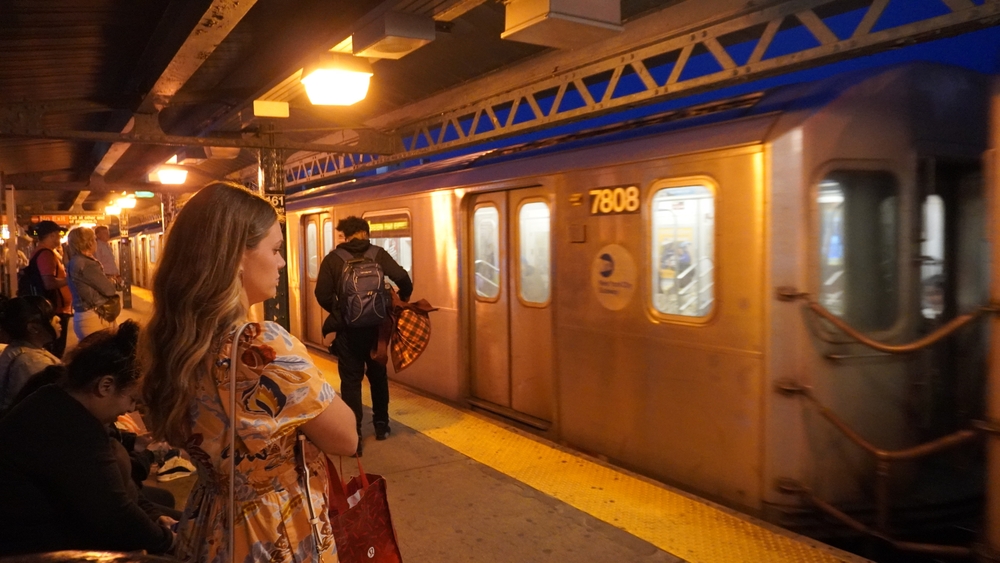
Operating since 1904, the NYC Subway was instrumental in the city’s rapid growth during the 20th century. It facilitated the city’s vertical expansion and the development of distinct boroughs by providing reliable access across long distances, which helped to integrate a sprawling metropolis. The subway’s role in New York’s social and economic fabric has made it a crucial element of the city’s identity and history.
Budapest Metro, Hungary
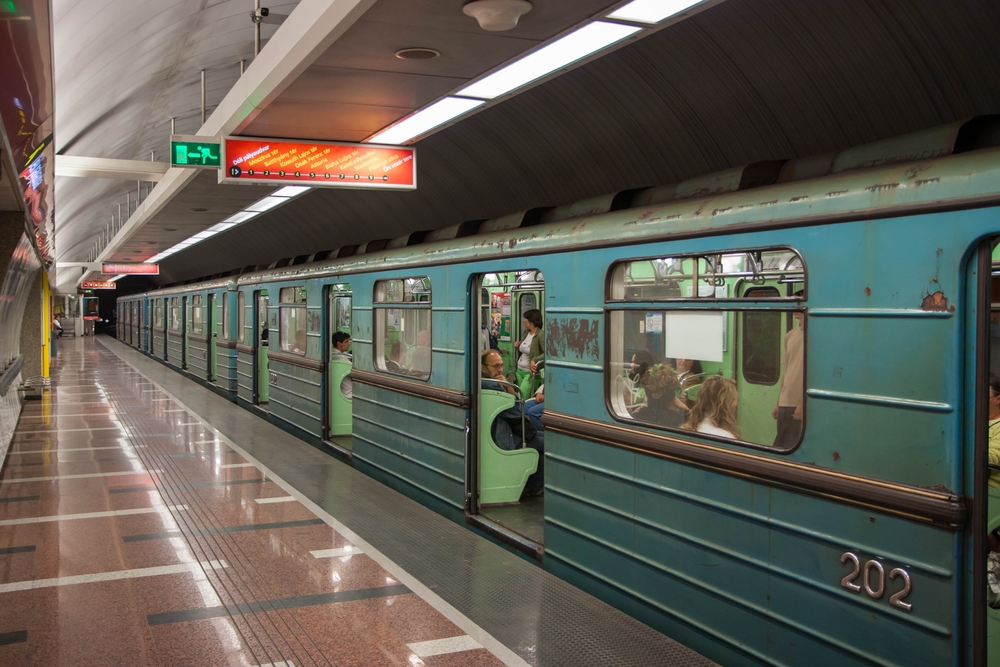
As the oldest metro line in mainland Europe (opened in 1896), the Budapest Metro was a vital development in the city’s public transport, encouraging the urban spread and connecting historic and commercial districts. It reflects Budapest’s growth as a major European capital and remains a key part of its infrastructure, blending historical preservation with modern utility.
Tokyo’s Yamanote Line, Japan
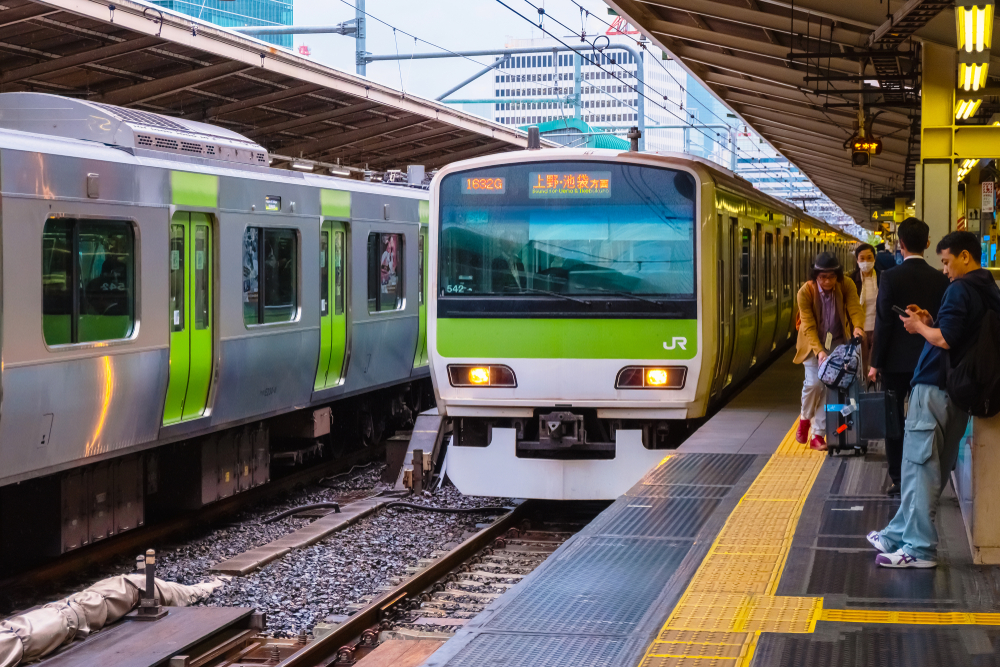
Circling central Tokyo since 1909, the Yamanote Line is crucial for daily commuting, supporting the city’s radial urban design and enabling the dense, vertical development characteristic of Tokyo. The line connects major commercial, residential, and cultural areas, making it a vital artery in Tokyo’s urban body and a key to understanding its development.
Trams of Melbourne, Australia
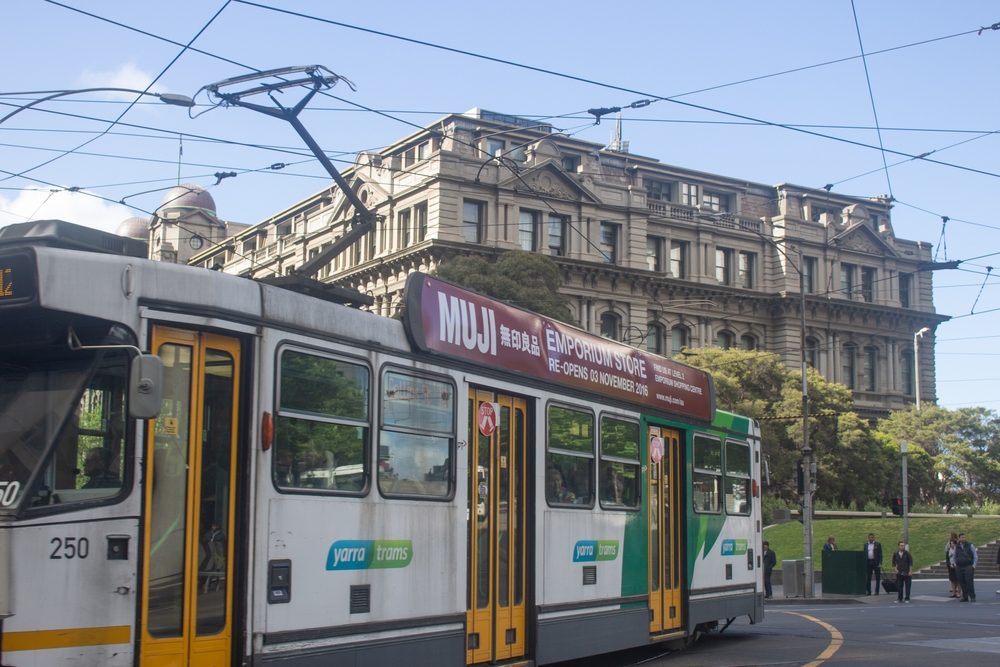
Melbourne’s tram network, one of the largest in the world, has been operational since 1885. These trams have greatly influenced Melbourne’s urban form and social structure, facilitating suburban expansion and the connectivity of community hubs. Today, they underscore Melbourne’s commitment to sustainable urban transportation and are an integral part of its cultural identity.
The Manly Ferry in Sydney, Australia
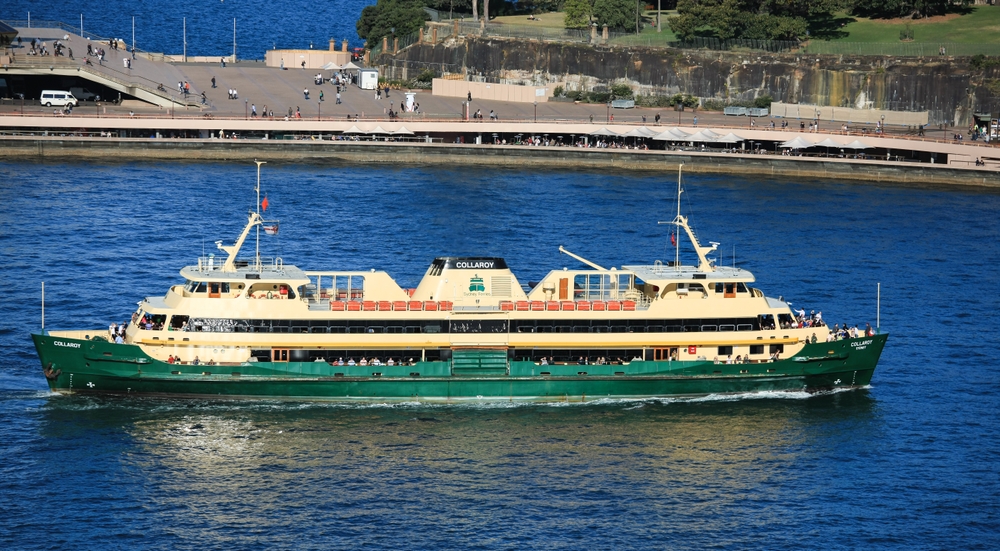
Since the 1850s, the Manly Ferry has connected Sydney with its seaside suburb, Manly. This service has influenced the development of Manly as a residential and tourist area, integrating it into Sydney’s broader urban fabric. The ferry route offers spectacular views of Sydney Harbour, linking natural beauty with urban convenience.
The Ferry System in Istanbul, Turkey
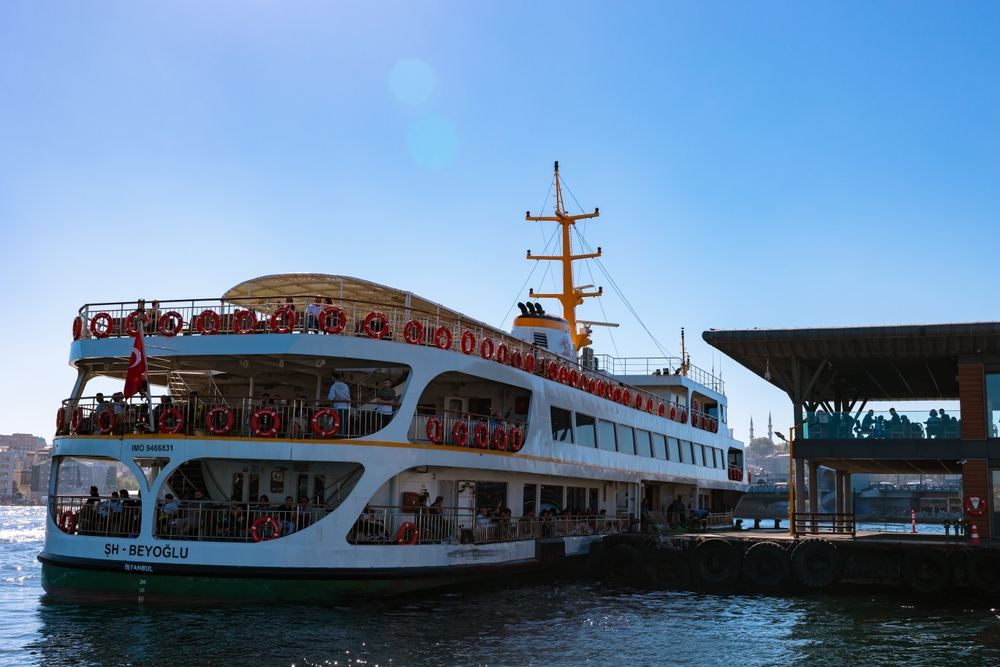
Since 1851, Istanbul’s ferries have been a critical part of its transport infrastructure, linking the European and Asian parts of the city across the Bosphorus. This mode of transport has shaped the city’s geographical and cultural cohesion, offering a unique perspective on its historical progression from the Byzantine and Ottoman eras to modern times.
St. Charles Streetcar in New Orleans, USA

The St. Charles Streetcar, running since 1835, is the oldest continuously operating streetcar line in the world. It has been a key component in New Orleans’ urban landscape, fostering accessibility and growth along its tracks. The line not only serves as a practical conveyance but also as a living museum of the city’s historical avenues, contributing to the preservation and appreciation of its architectural heritage.
The Bergen Line, Norway
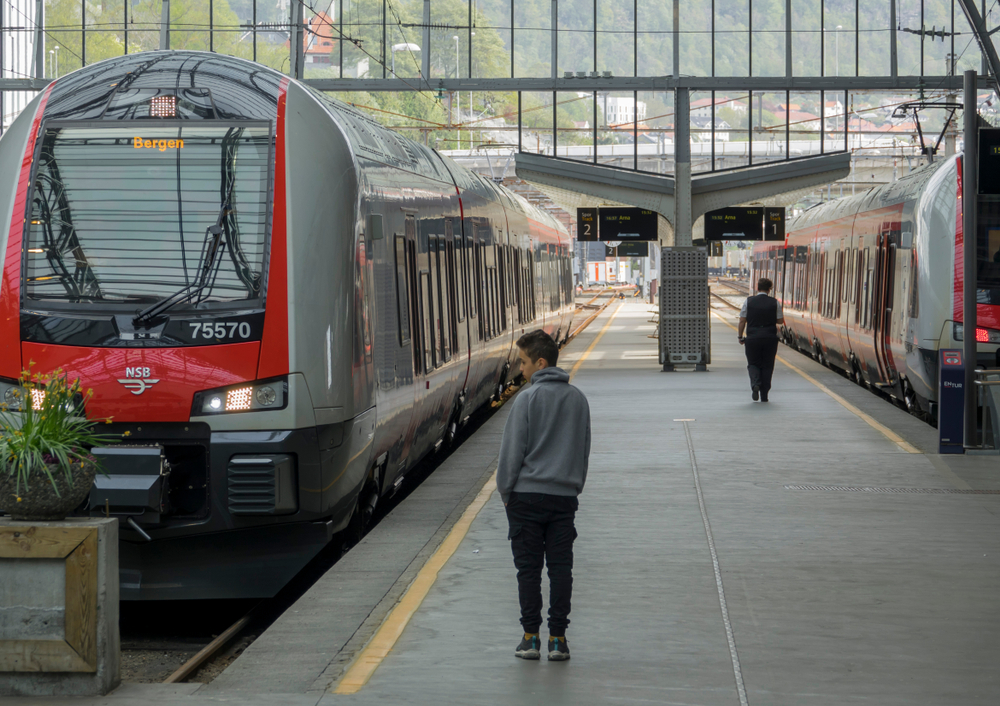
Since 1909, the Bergen Line has provided a vital link between Norway’s two largest cities, Oslo and Bergen, traversing some of Europe’s most dramatic landscapes. This railway has been pivotal in the development of Norway’s interior, making remote communities accessible and promoting tourism, which in turn has influenced local economies and urban development.
Vienna’s U-Bahn, Austria
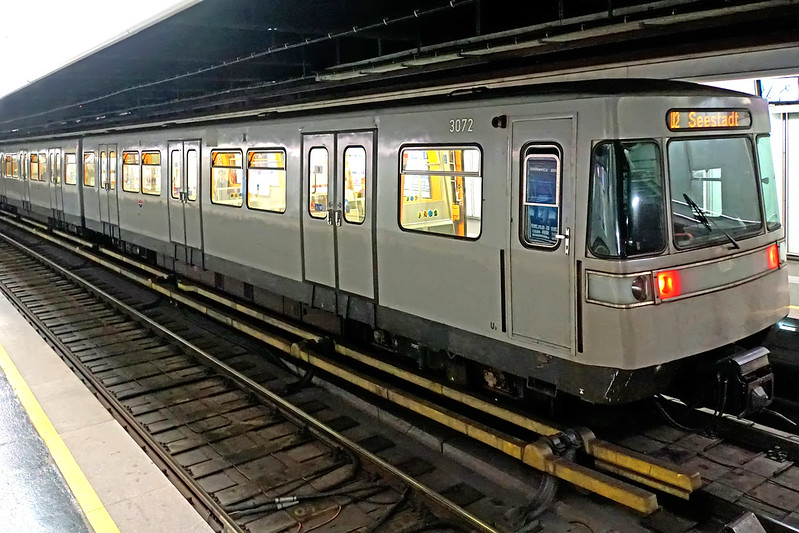
Vienna’s U-Bahn, with sections operational since the late 19th century, has been crucial in the city’s evolution, supporting its reputation as a cultural and historical epicenter. The network facilitated the expansion of the outer districts and the integration of suburban areas, influencing the city’s demographic and architectural development.
Stockholm Metro, Sweden
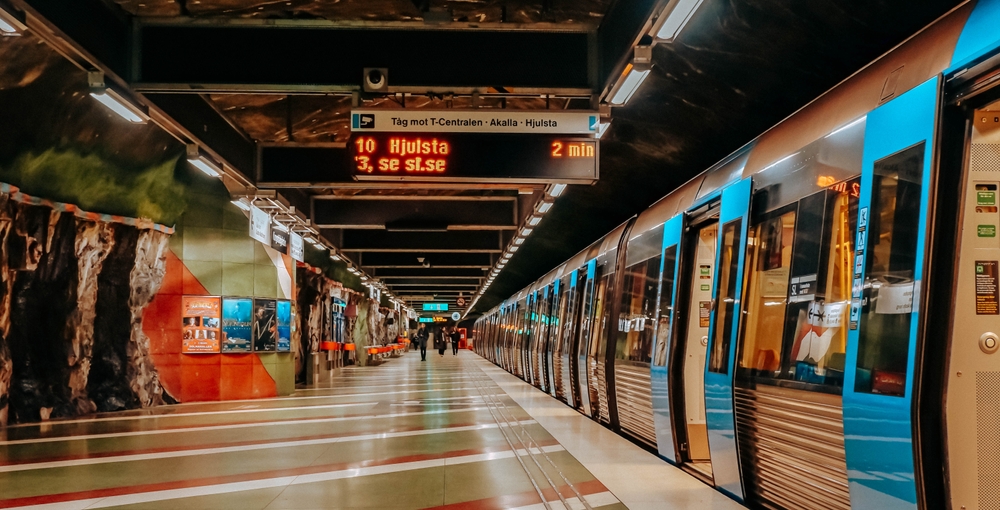
Known as the “world’s longest art gallery,” the Stockholm Metro, operational since 1950, has not just transported people but also culture. Its expansive reach into the suburbs encouraged Stockholm’s spatial development and modernization, illustrating how transport can influence both the aesthetic and functional aspects of urban life.
This article originally appeared on MyCarMakesNoise.
More from MyCarMakesNoise
10 Vintage Trains Still in Operation

Step aboard the timeless journey of vintage trains that still capture the heart of railway romance and adventure. Across the globe, these moving museums preserve the golden age of rail travel, offering more than just a ride – they serve as a portal to the past, allowing passengers to experience the luxury, charm, and history of classic locomotion. Read More.
13 Worst Electric Cars Ever Produced

Electric vehicles (EVs) represent a promising shift towards sustainability in the automotive industry, driven by the urgent need to reduce carbon emissions. As manufacturers race to innovate and capture the market, this surge in production has inevitably led to a range of outcomes. Read More.
13 Frequent Motorcycle Maintenance Mistakes to Avoid

Keeping your motorcycle in prime condition is not just about enhancing its performance but also about ensuring your safety on the road. Regular maintenance is crucial, yet many riders, whether new or experienced, often fall into common traps that can lead to unnecessary wear and tear or even more serious mechanical failures. Read More.



